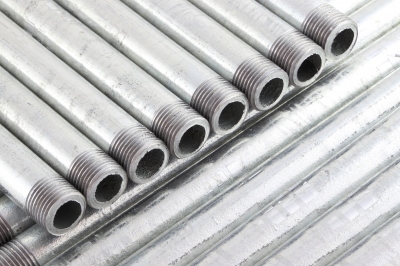Knowing how to thaw a frozen condensate pipe can save you a few bucks and a visit from your boiler engineer.

Your boiler’s condensate pipe carries the condensation or moisture from the boiler to the outside of your home. The pipe is typically made of plastic that is white or gray in color. It usually runs from your boiler and out through your external wall, emitting the condensation outside.
A frozen condensate pipe is a common problem during winter. Because the pipe runs outside your home, it risks getting frozen even if its insulated. The exposed parts of the pipe can freeze easily if exposed to extreme weather conditions. When the pipe freezes, it will cause blockage to the boiler, as the moisture is not emitted. In turn, your boiler may shut down and you might experience no heat or hot water. For most models, an error code or an indication warning light may appear on the control panel.
How to thaw a frozen condensate pipe
Here are some tips on how to thaw a frozen condensate pipe:
- Start by locating the frozen part or parts of the pipe. This will most likely occur in areas that the pipe is exposed to the weather. Try running your hand over the pipe and feel the temperature. If a part feels colder than the rest of the pipe, chances are, that part is frozen.
- Thaw the pipe carefully. Pour warm water over the frozen part of the pipe using a water jug or bottle. You can also use a hot water bottle or a heat pack to do this. Repeat the process until the pipe is thawed. Remember not to use boiling water. This can cause the pipe to crack and get damaged.
- Once the pipe is completely thawed, reset your boiler. Follow instructions from your manual to do this properly.
Have these steps on how to thaw a frozen condensate pipe handy especially during cold months, or have RJ Gas’s number ready if you want to call an engineer over to do it for you instead.








